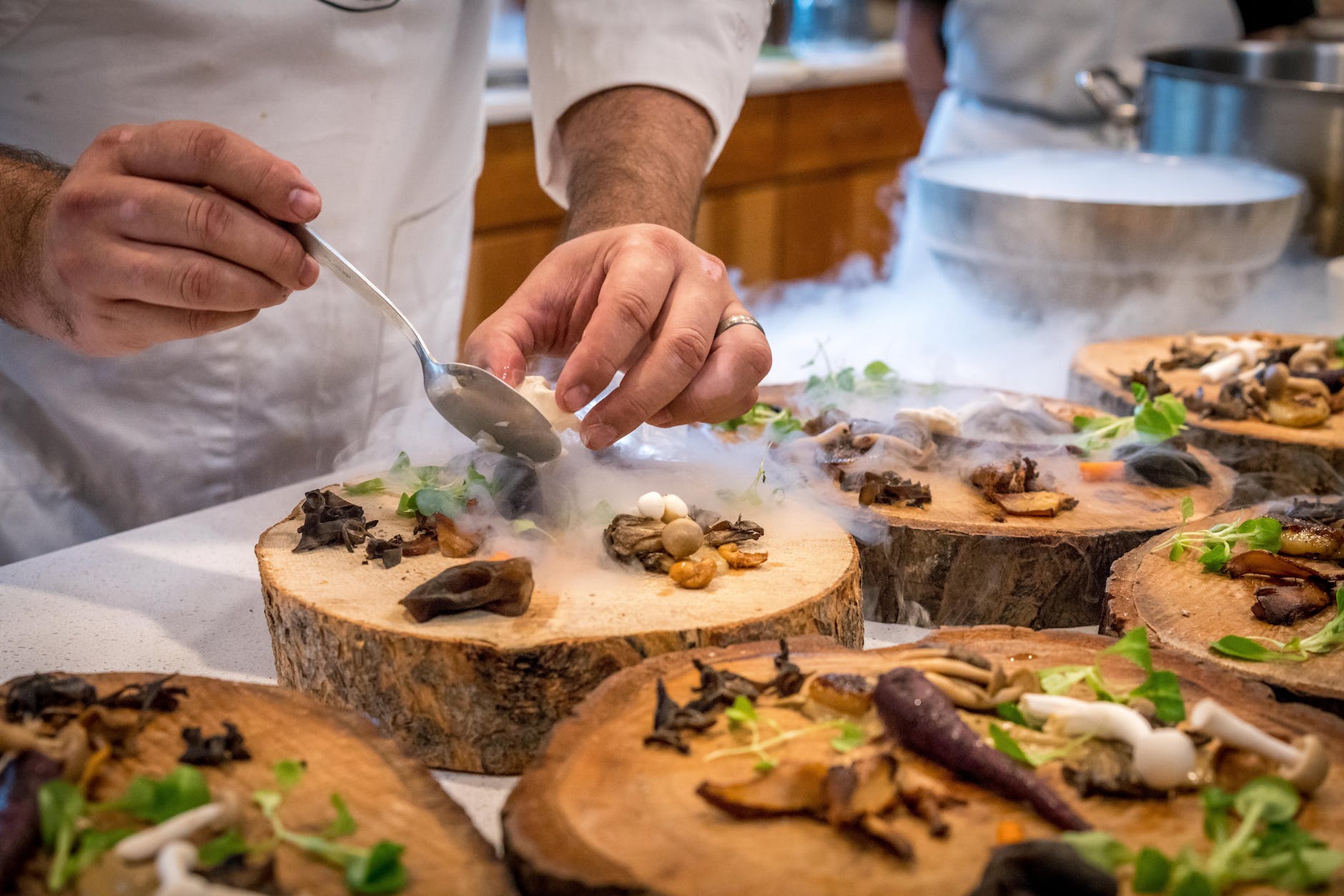When it comes to enjoying a meal, taste is not the only factor that matters. The visual presentation of a dish plays a crucial role in stimulating our appetite and enhancing the overall dining experience. The art of food presentation goes beyond mere plating; it is a skill that requires creativity, attention to detail, and an understanding of balance and harmony. In this article, we will explore the principles and techniques of food presentation, empowering you to elevate your culinary creations from ordinary to extraordinary. Get ready to embark on a journey of visual delight and culinary excellence.
I. Understanding the Importance of Food Presentation:
- First Impressions: Discover how the presentation of a dish creates an immediate impression and sets the tone for the meal.
- Enhancing Flavors: Learn how the visual appeal of a dish can enhance the perception of taste and elevate the dining experience.
- Showcasing Skills and Creativity: Explore how food presentation allows chefs and home cooks to showcase their skills, creativity, and personal style.
II. Principles of Food Presentation:
- Balance: Understand the concept of balance in terms of visual weight, colors, and textures.
- Contrast: Discover how contrasting elements can add interest and depth to a dish.
- Proportion: Learn how to create visually appealing compositions by considering proportion and scale.
- Color Harmony: Explore the use of color theory to create harmonious and visually appealing dishes.
- Texture: Understand the role of texture in food presentation and how it can enhance the overall experience.
III. Plate and Platter Selection:
- Choosing the Right Plates: Explore different plate shapes, sizes, and materials that complement your culinary creations.
- Specialized Serveware: Discover the use of specialized platters, bowls, and trays for specific dishes and cuisines.
IV. Techniques for Plating and Presentation:
- Minimalist Plating: Master the art of minimalism by using negative space and simple arrangements to highlight the main components of a dish.
- Layering and Stacking: Learn how to create visually appealing layers and stacks to add depth and dimension to your plate.
- Drizzling and Sauce Placement: Explore different techniques for drizzling sauces and placing them strategically for artistic effect.
- Garnishing and Decoration: Discover various garnishing techniques, such as microgreens, edible flowers, and herbs, to add color and visual interest.
- Artistic Plating Styles: Explore popular plating styles like the classic French style, modern abstract, and rustic-inspired presentations.
V. Enhancing Presentation with Culinary Techniques:
- Sous Vide: Learn how sous vide cooking can result in perfectly cooked and visually appealing dishes.
- Molecular Gastronomy: Explore the use of molecular gastronomy techniques like foams, gels, and spheres to create unique and visually stunning presentations.
- Smoking and Charring: Discover how smoking and charring techniques can add depth of flavor and visual drama to your dishes.
VI. Attention to Details:
- Edible Tableware: Explore the use of edible elements like edible bowls, spoons, and cups to enhance the presentation and surprise your guests.
- Utensil Placement: Learn how to strategically place utensils to guide the diner’s focus and create an organized and visually pleasing table setting.
Conclusion:
Food presentation is an art form that allows chefs and home cooks to express their creativity, passion, and culinary skills. By understanding the principles of balance, contrast, proportion, and color harmony, and mastering various plating and presentation techniques, you can transform your culinary creations into visual masterpieces. Whether you’re cooking for yourself, friends, or a special occasion, remember that the beauty of food lies not only in its taste but also in its presentation. Embrace the art of food presentation and let your culinary creations enchant and delight all the senses.
